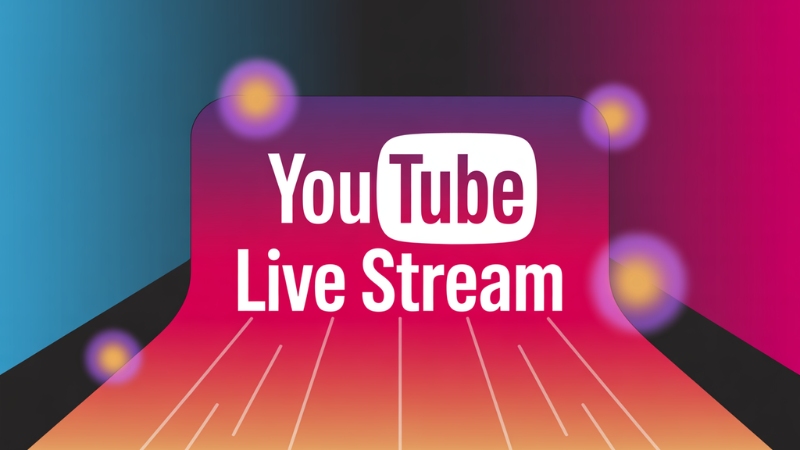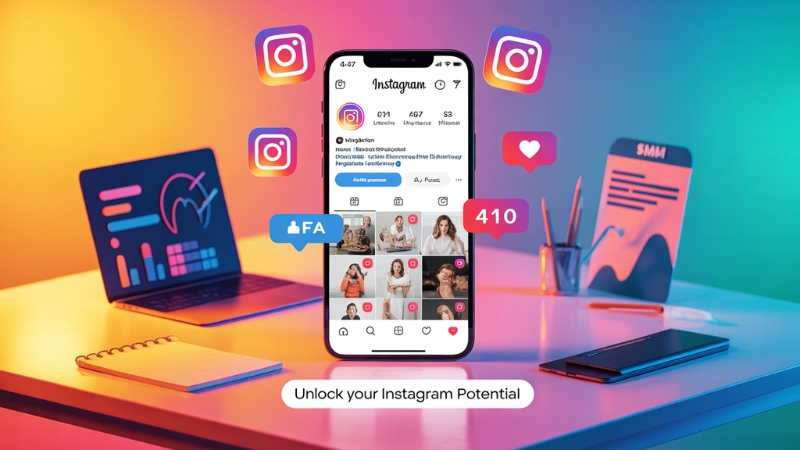How to Handle Negative Comments on YouTube Videos: Smart Ways to Deal with Criticism
Finding effective solutions on how to handle negative comments on YouTube videos? Explore this detailed step-by-step guide and some more tips for dealing with negative and harsh comments stress-freely.
YouTube is such a digital landscape where creativity thrives. But there’s nothing unmixed in our beautiful world. So sometimes the creators face the savage reality of negative or taunting comments. You might be a beginning YouTuber or a settled creator; handling negative thoughts and criticism might be quite challenging. But I have good news! That is, you can turn even the most ruthless comments into chances for growth as well as maintain a positive surrounding for yourself along with your audience.
Well, let’s explore the in-depth guide on how to handle negative comments on YouTube videos like a pro.
Content Summary
Understanding the nature of negative comments
All the negative comments are not the same kind. Some of them might be savage truths personated as criticism, while the rest are pure taunts or trolls.
- Constructive criticism: These comments may refer to flaws in your content but often include valuable insights. They’re worth your attention.
- Hate comments or trolls: These types of comments are baseless in general. People attack with these comments to give rise to an emotion or reaction. They’re best avoided or managed discreetly.
Knowing the purpose behind a comment is the first step toward how to handle or deal with them.
Effective Ways To Handle Negative Comments on YouTube Videos
Negative comments are a regular challenge. However, your handling process can certify your personal growth and the health of your online community. Here are some practical ways to address and manage negative comments in a stress-free way:
01. Stay calm and collected
The first step is to avoid reacting emotionally. Often negative comments can feel like personal attacks to you. But you should always represent professionalism through your response to those comments.
- Why it matters: Reacting in anger or frustration can surge the situation and give your commenters more power to spread negativity.
- How to stay calm: Take a break before replying. Take deep breaths or step away for a while. If the comment generates strong emotions, draft a reply and cross-check it later to make sure it’s suitable and thoughtful.
02. Differentiate constructive criticism from hate
Every negative comment doesn't come with hurting effects. Knowing the difference between helpful feedback and harmful trolling is essential.
- Constructive criticism: These comments may trigger flaws, but sometimes they are intended to help you improve. Like, “Your video is excellent, but the background music is too loud.”
- Hate or trolling comments: These are actual bullshit and personal attacks. For example, “You're terrible at this!” or “Why do you even bother?”
Concentrate on constructive criticism, and don't lose energy on comments that come with no value.
03. Respond professionally to constructive criticism
When a comment delivers actual feedback, consider it as a chance to engage positively with your audience and enhance your content.
- Acknowledge the feedback: show thankfulness by saying, “Thanks for pointing this out!”
- Explain your perspective: provide context if you feel it’s necessary. Such as, “I admit the lighting of this video was not so great. I’ll keep this in mind and work on improving it in my next video.”
- Keep it positive: even if the comment feels so rude, try to find the actionable advice it delivers.
This step both addresses the criticism and builds trust and credibility with your audience.
04. Use humor to defuse tension
A lighthearted reply can turn a negative interaction into a memorable one. Humor can disarm criticism and prove your confidence if used appropriately.
For example:
Comment: “This video is so boring.”
Reply: “Boring? Oh no, I’ll need to work on my dance moves for the next video!”
Note: This tactic works best for those comments that are not overly hateful and can help you to laugh at yourself. Also, it can create a likable and relatable image.
05. Ignore or block toxic trolls
Not all negative comments deserve your attention. Sometimes trolls post provoking remarks simply to give rise to a reaction.
- Ignore them: in most cases, silence is the best response to trolls. Engaging with them may cheer up further negativity.
- Block and report: YouTube provides you tools to block repeat offenders and report abusive behavior. Don’t think twice about using them in order to safeguard yourself and your community.
Don’t forget, that avoiding trolls doesn’t mean you’re weak; it reflects your concern about your mental health and your community.
Learn More: How TikTok Shop is Empowering Small Businesses
06. Enable YouTube’s moderation tools
YouTube provides powerful tools to guide creators to handle their comment sections effectively.
- Comment filters: Set filters to hide comments that contain offensive language or individual keywords.
- Hold comments for review: Review comments before they appear publicly to make sure they standardize with your community guidelines.
- Block users: Stop specific people who repeatedly post harsh or toxic comments from engaging with your channel.
07. Pin positive comments
Spotlighting supportive or positive comments can move the focus away from negativity and encourage positivity.
- Why it works: Pinned comments appear at the top of your comment section, and it sets a tone for the discussion.
- How to use it: Select comments that express appreciation and add value to the conversation or show constructive engagement.
For instance, pinning a comment like, “Great video! I loved the way you explained the topic." It motivates your audience to engage positively.
08. Foster community guidelines
Set clear expectations for behavior in your comment section to make a respectful and supportive audience base.
- Create guidelines: Make a clear outline of what’s acceptable and what’s not. For example, hate speech, personal attacks, or spam.
- Communicate openly: Share these outlined guidelines in your video descriptions, channel bio, and community posts so that your audience can see this.
- Enforce rules consistently: Apply the same standards and guidelines to all comments to confirm fairness.
Your viewers will be more likely to engage positively when they realize the rules.
09. Reflect on repeated criticism
If you find a pattern in negative comments, it might signal an area for improvement.
- Analyze the feedback: If multiple viewers mention the same issue, like poor audio quality, unclear explanations, or lengthy intros, then address the shortcomings in your content.
- Act on it: Identify the concerns and fix them in your next videos. For example, if viewers complain about background noise, invest in a better microphone.
Tip: Transforming criticism into actionable improvements shows your audience you’re dedicated to your work, committed to growth, and willing to listen.
10. Prioritize mental health
Fighting with negativity might be emotionally taxing, so it’s crucial to take care of your mental health.
- Take breaks: Stay away from tracking comments when you feel disturbed or overwhelmed.
- Focus on positives: Concentrate on supportive feedback and remember the reason you started your channel.
- Seek support: Talk to friends, family, or fellow creators about your experiences. Sometimes, sharing your feelings with loved ones can ease the burden.
Remember- your mental health is more important than any comment. Safeguard it by setting boundaries and practicing self-care.
Turn negativity into your strength!
Negative comments may feel like obstacles, but they’re also chances to dress yourself up. How you reply to
them shapes your growth as a rising creator and makes your connection strong with your audience. So, now you
know how to handle negative comments on YouTube videos! Let every comment, no matter how negative or harsh
it is, be a crushing stone towards your success!





